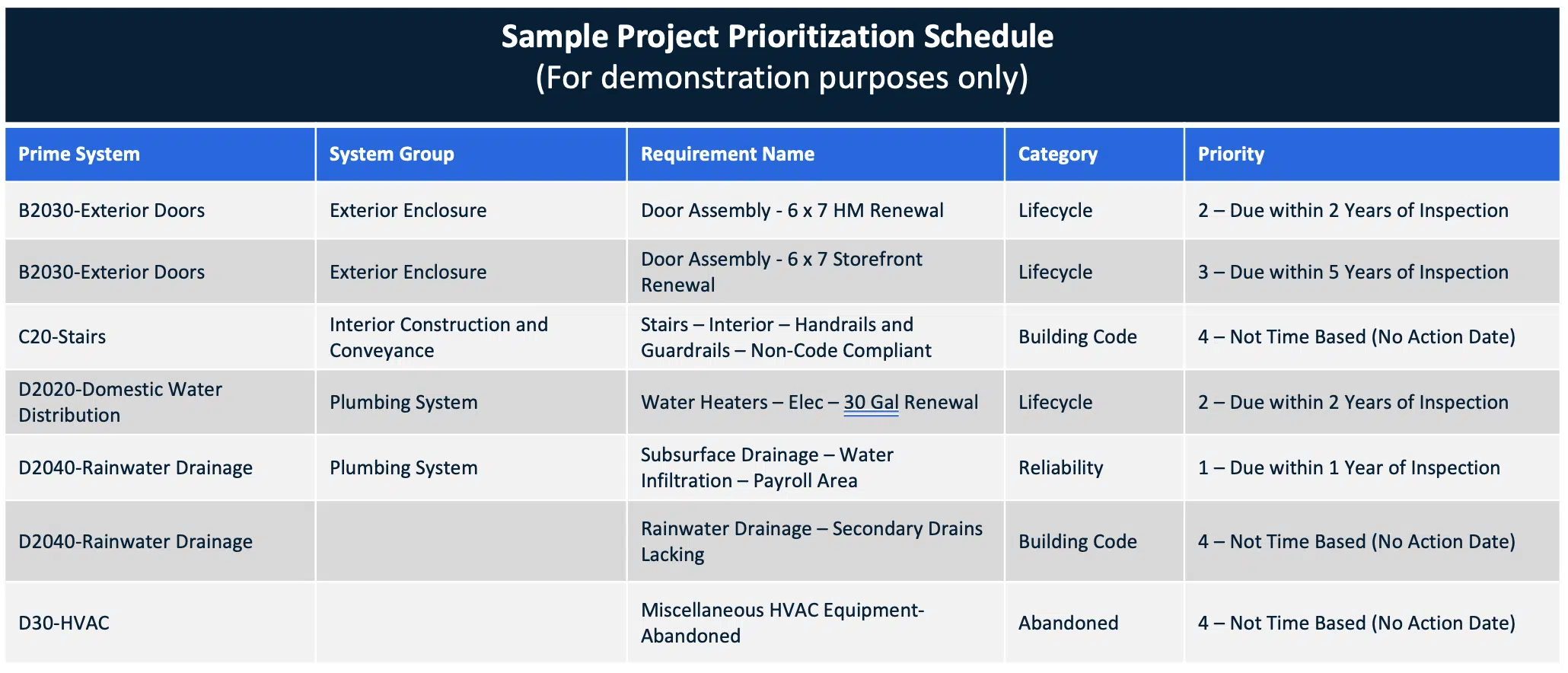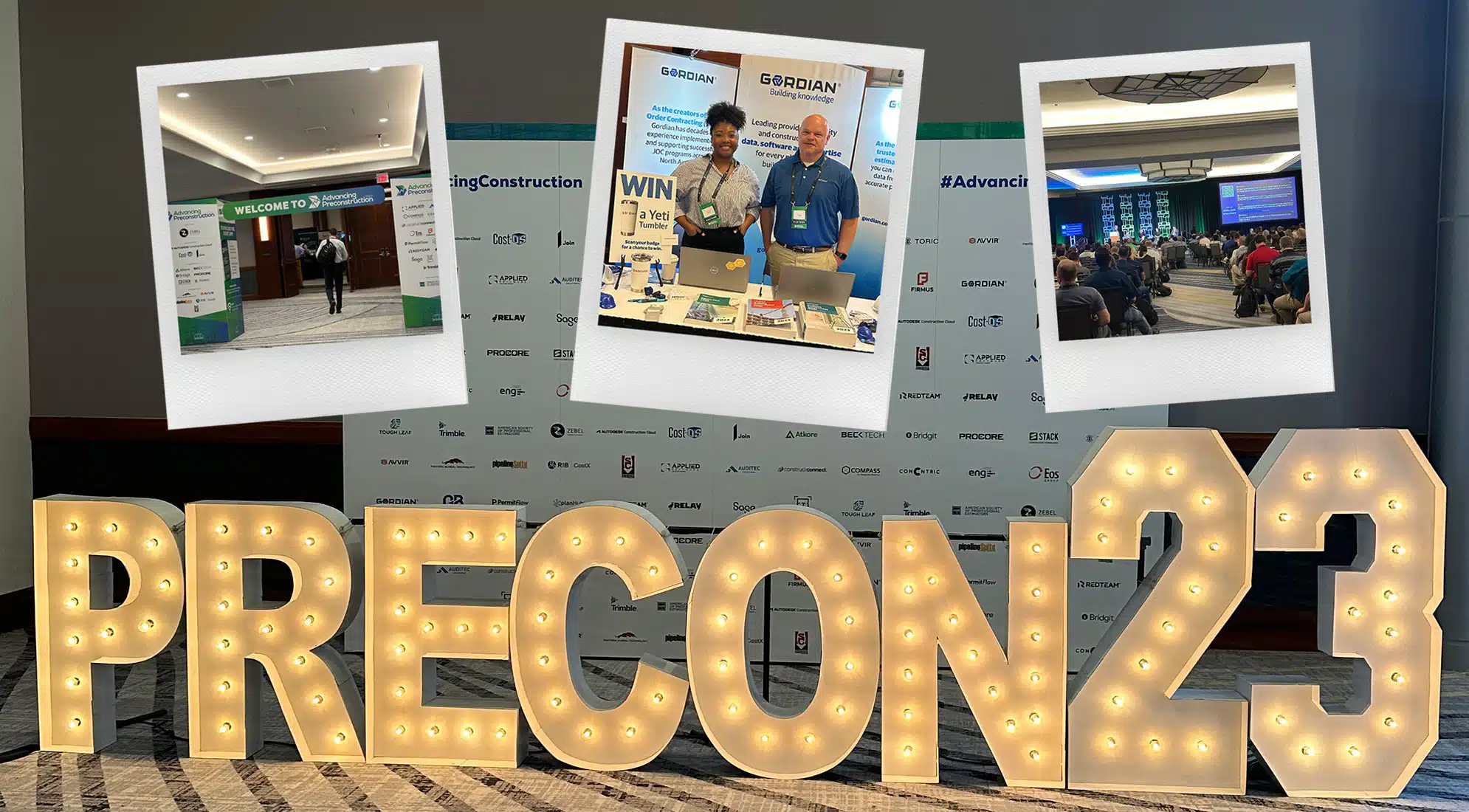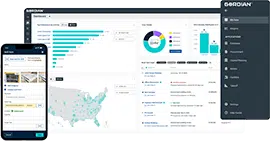Using the Facility Condition Index to Prioritize Projects Effectively
July 11, 2023We recently covered how organizations use the Facility Condition Index (FCI) to make a compelling case for funding and route that funding to the places that need them most. In this post, we dig into the mechanics and nuances of how leaders use FCI data to prioritize their project list in a way that aligns with their mission and goals.
We’ll begin with an exploration of priorities and categories.
Understanding FCI: Requirement Priorities and Categories
Once condition data and all renewal and replacement costs have been captured, each potential project is judged against two criteria: requirement priority and requirement category.
Requirement priority
The requirement priority criterion boils down to a single question: When is the optimal time to address the identified issue or need?
Most organizations choose to look at their required projects within a five-year priority window because facility assessments are based on a five-year outlook of facility conditions. But that’s not the only option. Leaders may shorten their priority window to one year or even zero years if they want to focus only on the projects that are past due or due right now. They may also take a longer view of their FCI, based on their needs.
In the context of the Facility Condition Index, lower priority numbers represent more urgent needs. So top priorities – those due within a year of inspection – are assigned priority one, those due within two years are assigned priority two and those due within five years are assigned priority three. Bear in mind that while an FCI is a snapshot in time, it’s a moving one. This year’s priority two requirements may become next year’s priority ones.
Projects that are not time-based, like updates to match current building codes, fall into priority four. Ultimately, it is up to decision-makers within an organization to determine requirement priorities.
Requirement category
The requirement category criterion also seeks to answer a question: Is this a need-to-do project or a nice-to-do project? To answer this question, projects are funneled into one of three parent classifications: Integrity, Regulatory or Optimization.
Projects under the Integrity umbrella include major system renewal requirements and building lifecycle needs plus the repair of broken or malfunctioning assets. A roof that has reached the end of its useful life, for instance, would be classified as an Integrity project.
Regulatory projects are those that refer to building codes, accessibility compliance, Hazardous Materials abatement and life safety issues. Finally, projects classified under Optimization may be important to an organization for many reasons but do not affect the facility’s safe and/or legal operation. Think technology upgrades, sustainability and energy efficiency efforts, capacity improvements and the like.
Integrity and Regulatory projects are automatically included in the FCI if they fall into the organization’s planning window. Optimization projects may be included in the FCI but are not part of the process as a rule. Project categorization is truly a custom endeavor – organizations tailor and track categories to suit their specific needs and goals. Some organizations use every category while others ignore categories altogether and look at time-based priorities only.
See all the ways Gordian can help you effectively manage every phase of the building lifecycle, from data collection and project prioritization to construction procurement and performance measurement in this eBook.
FCI and Project Prioritization
There was a time when conventional wisdom held that organizations should complete all their priority one projects first, then move on to their priority two projects and so on. While the logic of this strategy is sound, it runs headlong into the difficult realities of managing a complex facilities portfolio. The first reality is that most organizations simply cannot afford to do all their priority one projects in a single year, and even if they could foot the bill, there is typically not enough time to complete all the work.
Secondly, just because a required project is flagged as a priority one doesn’t mean it is as strategically important as a priority two or priority three project. When it comes to prioritization, the Facility Condition Index is a tile in the decision-making mosaic: It’s an important data point for leaders to consider but it’s far from the only one.
Organizations use many criteria to develop a prioritization scheme. These criteria may include system type – HVAC, electrical, fire safety, etc. – requirement category, requirement priority, asset use, and, of course, FCI. With Gordian’s assistance, decision-makers from across functions then rank these criteria against each other to determine how to score projects, with higher-scoring projects moving up the priority list. The final filter in the project prioritization exercise is budget. Using expected budget and adjustments for economic conditions, Gordian’s capital planning software can deliver a list of projects prioritized by what matters most to the organization.
Estimate your FCI using our free online calculator.
Facility Condition Index: A Trusted Method for Measuring Facilities Performance
The Facility Condition Index gives leaders a standard for assessing and comparing asset performance. That’s a valuable metric for making savvy investments. Plus, an FCI is a meaningful part of project prioritization efforts. With Gordian’s help, organizations can use the Facility Condition Index to optimize their current physical assets and identify future needs to deliver exceptional experiences for their communities.








